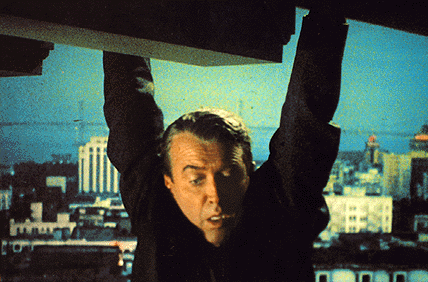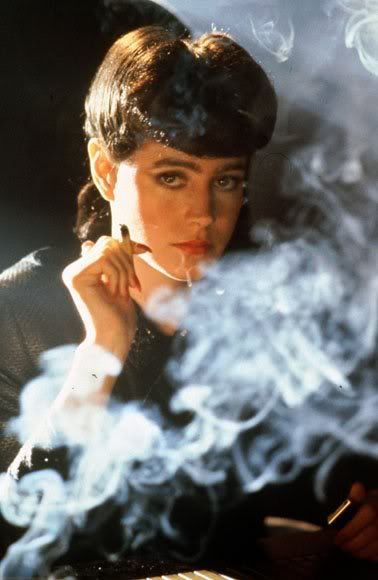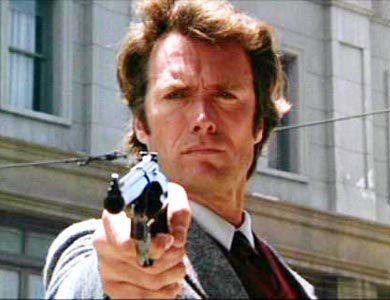
Rocky (1976)
"A distinctly American Film"
I’m back, baby. That’s right folks, I am not dead, and therefore the mission continues. We are 18 movies down, leaving only 1063 to go! And for our 19th movie we have a classic. This is one of the most referenced movies I’d argue in American film. Who hasn’t heard or seen the Rocky montage scene, with the big brass sound while he climbs those steps in Philadelphia, and if you haven’t seen that scene, who hasn’t seen another television show or movie make an homage to that scene? Now previous to last night, I had actually never seen the film, so these are my thoughts on the film without any previous experiences with it, so let’s take a look inside, eh?
The movie opens in a dingy boxing studio. Sylvester Stallone is boxing another man. The fight looks rough, neither of them is particularly graceful, but Stallone – Rocky – takes the man down. Rocky then retires to the dressing room where he takes a load off and nurses his wounds, beside him is another man doing likewise. Rocky gets 40 dollars, after fees, for winning the fight. It is at this point the credits roll, which I find very interesting. Behind the credits we can see Rocky walking through the dirty, dingy streets of Philadelphia. He enters his home, and the scene does not appear much better. It becomes apparent that Rocky is a working-class man, the pinnacle of Philadelphia-ness. He has a crush on a woman – Adrian – who is a very plain and shy woman who works in a pet shop he frequents. Most of his time is divided between his jobs – he works as hired muscle for a loan shark, and training in a boxing gym. Even at this gym he is not respected, as he loses his locker, a spot he’s held for 6 years, just because an up and coming stud needs one. Rocky’s trainer tells him “You’re not a contender, you’re a tomato”.
Rocky looks up to a man named Apollo Creed, who is the heavyweight champion of the world. Creed wants to have a bicentennial fight on new year’s eve, 1976, but his opponent has to bow out 5 weeks before the fight. Due to contractual and advertising obligations, Creed cannot afford to cancel the fight, so he comes upon a brilliant idea – he decides to select an unknown, unprofessional fighter to contest him. Ultimately he comes upon the name of Rocky, who he ends up selecting not for skill, or record, but for name – The Italian Stallion – a name he thinks will be easy to sell to the people. His coach even warns him against it, due to Balboa’s left-handedness, something Creed shrugs off with ease.
Upon his selection, Rocky is instantly beset upon by those who once derided him. People that scoffed at him now want his autograph, want to be his friend, and want to help him. The two that come to the forefront are his trainer, who sold out his locker and once called him “a tomato”, and Paulie, a friend who was really little more of a leach, trying to use Rocky to get him a job. He’s also important because he’s the brother of Adrian, the girl from the Pet shop who Rocky begins to date just previous to his being selected to fight. Ultimately Rocky ends up humbling the two with loud outbursts, but eventually accepts their offers of help.
What I found truly interesting during the training portions of the movie are the stark differences between Rocky Balboa and Apollo Creed. Rocky is a humble, working class man, his speech is ungrammatical and plain. He’s not a particularly well trained fighter, with more guts than stuff. But also with Rocky is a good sense of morality. He shows concern, not just for his friends, but for anyone he comes across, trying to prevent a neighborhood girl he knows from falling in with the wrong crowd, helping a drunken man by taking him inside to keep him out of the cold. At the same time Rocky is proud, he takes personal insults extremely personally, lashing out at anyone who implies some bad mark on his character. This translates to his reasoning behind fighting. Rocky doesn’t fight for money or fame, as he tells Adrian on a date, but he does it to show that he “ain’t no bum”, to tell everyone that he’s not a nothing. Winning or being famous is irrelevant. In essence, Rocky encapsulates the working man. Creed, on the other hand, is the exact antithesis to Rocky in every way. He’s very well spoken, displaying a penchant for the flowery in prose. He’s also very greedy, and extremely arrogant. The fact that the man shows arrogance while having a Greek name is no coincidence, his hubris is the stuff of Greek tragedy, the most stark example coming when his trainer is watching videos of Rocky, and warning Apollo that Rocky means business, something that Apollo shrugs off. What’s more is Apollo’s reason to fight. He fights for wealth, he chooses his opponent because “it sounds catchy and is easy to sell”. What’s more remarkable is that most of the scenes with Rocky display him training, and training hard, the only scenes we see of Apollo is lounging about, or interacting with advertising men.
Anyways, Rocky sets to training and gets into shape. The famous montage happens and we see Rocky climbing stairs with ease. What I found more interesting was the scenes afterwards. Rocky visits the stadium the night before the fight, where he’s met by the fight promoter. Rocky tells the promoter that they got his picture wrong, referencing a depiction of him in the stadium. The promoter says, “Doesn’t really matter kid, so long as you give us a great show”. This scene results in the self-doubt moment common in the hero’s tale. Rocky is unsure that he wants to go through with the fight as he realizes that the whole thing is a sham, and he’s not going to win. Eventually his girlfriend Adrian spurs him to give it a shot.
As the two fighters prepare for the match, both prepare in exactly the same way, showing that at heart they are the same. The entrances, however, are very telling. When Rocky enters the fight, he’s very unassuming. He enters, flanked by his manager, signs a couple autographs, before stepping into the ring. Apollo, on the other hand is gaudy, and showy, as he enters dressed as George Washington in a mockery of the crossing of the Delaware. He then changes into a costume portraying himself as Uncle Sam, saying that he wants Rocky, and claiming he will go down in three rounds. Even the announcers are surprised by the showmanship of Creed, saying “I’ve never seen a fighter that concerned about his hair.”
So the fight starts. On the whole, Rocky gets pushed around, and beat up, though he gets some good hits. The third round comes and goes, and things remain largely the same, with Rocky getting punched around, but still getting some good hits on Apollo. As they go deeper and deeper into the fight, it appears to be much more equal blow for blow, and by the 15th round both men are on their last legs. The fight ends with both men still standing. Apollo grabs Rocky and says “There won’t be no rematch” signaling that he has been humbled by the fight, and Rocky says he doesn’t want a rematch. In the end, Rocky loses the fight, but it’s not really made a point, we never see Apollo being crowned the victor. Rather, we see Adrian fighting her way through the crowd, eventually reaching Rocky. The movie ends with the two kissing.
On a technical level, the movie was not particularly impressive. While the montage was absolutely brilliant, I didn’t think anyone’s acting was particularly spectacular, nor was the direction anything especially impressive. What I did like was the dialogue, and I thought Sylvester Stallone was well cast as his mumbling and garbled lines actually lend themselves to Rocky’s character. No, this film is more about ideas – the stark contrast between Rocky’s low class humility, and Apollo’s rich, capitalist hubris. Rocky is at its core what being an American is all about. Rocky is a foreigner – an Italian before an American – he’s poor, he’s humble, and most importantly, he’s normal. Both he and his girlfriend aren’t particularly attractive, and they both have hang-ups. When asked why he’s dating Adrian he says “We fit together, we fill gaps”. But the movie is at its core about a down-on-his-luck working class man being faced with an insurmountable opposition, and rising to the challenge, and, through hard work, training, and just plain guts, he rises to face the challenge. That Rocky loses is irrelevant. Rocky doesn’t need to win, he doesn’t fight to win, he fights to prove that “he ain’t no bum”, he fights to show that he shouldn’t be dismissed, and at the end of the movie, he accomplished this, and the movie accomplished this. The movie is nothing spectacular, but the ideas entailed in the movie are, and that’s why this movie is on the list.


















